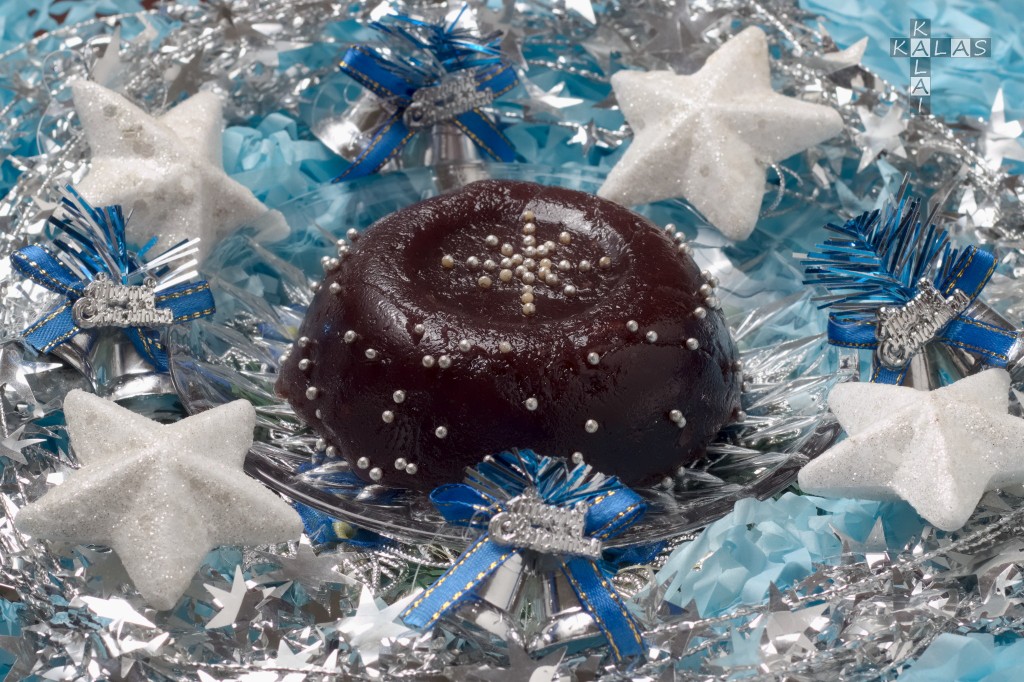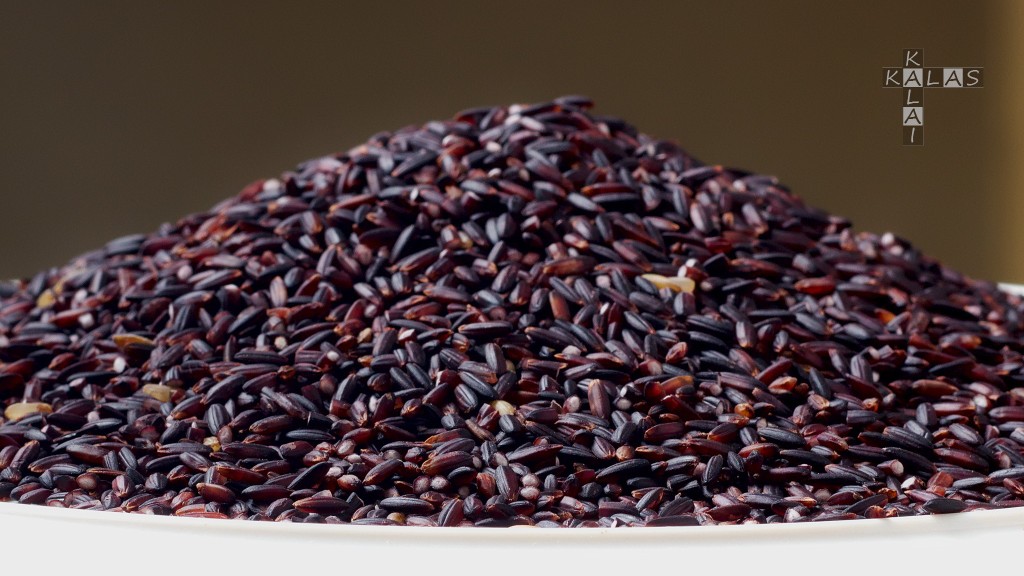In Thirunelveli, a glutinous rice is powdered and used in the preparation of halwa. It is black in colour and when cooked in water it develops a gel-like consistency. My mother used to make this halwa, grumbling all the time that it took her forever. It was a thick black mass that could be spooned out onto a plate, but it had a delectable taste that strongly resembled the legendary Thirunelveli Halwa. When I wanted to make this halwa, I couldn’t buy the rice in the stores because no one in Chennai knew what puttarisi was. A Facebook friend mentioned that I should look for black Kavuni rice in Chennai. I was finally able to obtain this rice, ironically not in Chennai but from a seller from some small town in Tamil Nadu who had listed it on Amazon. This Puttarisi Halwa is also made by Sri Lankan Tamils and they call this Dhodhal. This recipe is my mother’s version, standardised by me. Unlike kavuni arisi dishes made by other Tamil folk, Thirunelveli people do not use any flavouring agent which retains the original flavour of the ingredients and use white sugar instead of jaggery.


Nutritive Value
The rice and the wheat flour, coconut milk, sugar, and ghee make this recipe explode with Calories. Weight watchers and those who are on a low-fat diet should limit themselves to a small helping; don’t be like Oliver Twist and ask for more 😀 Puttarisi Halwa is a purely vegetarian dessert but in this form it is not a vegan dish due to the ghee. To make a vegan version, substitute the ghee with the same quantity of saturated vegetable fat such as vegan margarine or vanaspati.
Ingredients
- ¾ C Black Puttarisi Flour (Black/Kavuni Rice)
- ½ C Wheat Flour
- 2 C White Sugar
- 100 g Maggi Coconut Powder
- ¼ tsp Salt
- ½ C Ghee (Clarified Butter)
- 3 C warm Water
Method
- Grease a nine-inch square pan or several small dessert cups with ghee.
- Reconstitute the coconut milk powder with three cups of warm water.
- Sift the rice flour and wheat flour together.
- In a bowl prepare a batter combining the flours, two cups of coconut milk and the salt.
- Place the remaining coconut milk and sugar in a medium kadai/wok. On low heat stir till sugar dissolves.
- Add the prepared batter slowly stirring continuously on low heat throughout.
- The mixture will begin to thicken after 20 minutes and become more difficult to stir.
- The mixture will start to separate from the sides of the kadai in around 40 minutes.
- Add the ghee and continue to stir, bringing in the mixture separating from the sides till it resembles a smooth dough that rolls easily in the pan.
- Transfer mixture to greased pan or cups and pat down firmly.
- Invert on serving plate and decorate as you wish.
Notes
- You can buy the puttarisi flour online if you don’t get it in the shops.
- If you can’t get puttarisi flour, you can prepare flour from puttarisi rice in the following manner: Wash rice thoroughly and drain in a colander and keep under the fan to dry. When it is dry, spread the rice on a cookie sheet and dry further in a baking oven at 150° C or 300° F for about 30 minutes, to remove any remaining moisture. Cool and powder in a mixie or blender to get a smooth powder. Sift the flour to remove grits. Store in an airtight container. Do not dry the rice in a microwave oven as that will cook the rice.
- Though the ingredients are few and the recipe simple, it is time consuming and physically demanding as you will have to stir continuously without stopping.
- You can add broken cashew nuts if you wish. But I don’t because my son does not like it.
- My family recipe does not use cardamom or any other flavouring agent.
